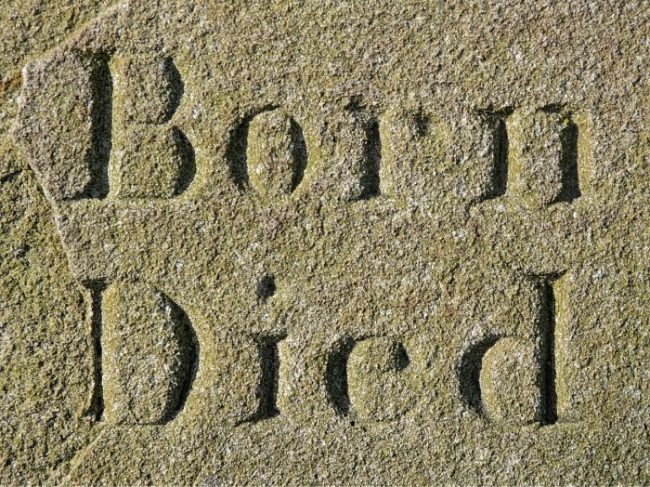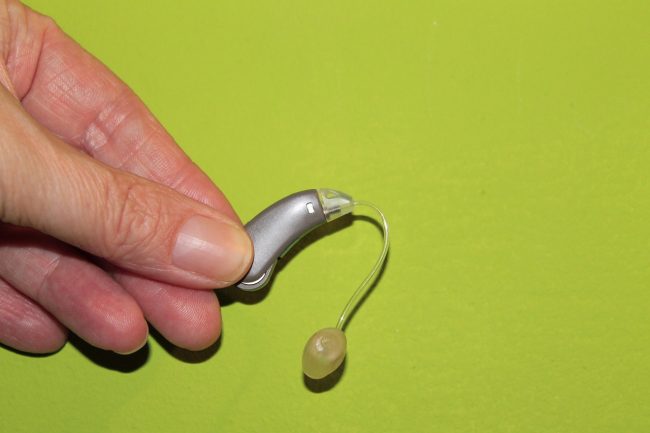There are five heart rate training zones. The zones describe and measure the intensity at which your body is using aerobic metabolism to produce energy from fat and glycogen. Each zone corresponds to a specific percentage of your measured and age-determined maximum heart rate.
Start Here
© 2024 jackomd180. All rights reserved.




